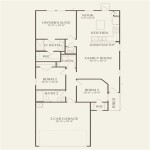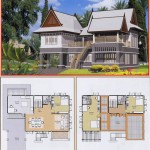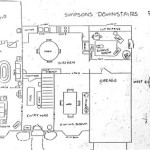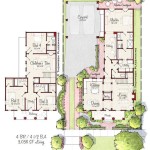Wren Bird House Building Plans
Wrens are small, energetic birds known for their lively songs and insect-controlling habits. Attracting them to a garden can be beneficial for pest control and provide hours of birdwatching enjoyment. Building a wren house is a straightforward project that can significantly increase the chances of wrens nesting in a particular area. This article will explore various wren house building plans and the critical considerations for successful wren house construction.
Understanding wren preferences is crucial for designing an effective birdhouse. Wrens prefer small, enclosed spaces that mimic natural cavities. Unlike some bird species that favor open-front nesting boxes, wrens seek protection from predators and the elements. Therefore, wren houses typically feature a small entrance hole and a fully enclosed design.
The dimensions of a wren house are critical for attracting these diminutive birds. A floor space of approximately 4x4 inches is ideal, providing enough room for a nest and eggs without being excessively large. The interior height should be around 6-8 inches from the floor to the roof. A larger house may attract larger birds, potentially displacing wrens. The entrance hole should be around 1 inch in diameter, small enough to deter larger birds but large enough for wrens to enter comfortably. Larger holes can lead to predation by larger birds or squirrels.
Several materials are suitable for wren house construction. Cedar, pine, and redwood are popular choices due to their natural weather resistance and durability. Untreated wood is essential, as treated lumber can release chemicals harmful to birds. Plywood can also be used, though it is less durable than solid wood. Avoid using pressure-treated wood or wood painted with glossy finishes, as these can be toxic to birds.
There are several different wren house designs, each with its own advantages. The classic single-compartment design is a simple box shape with a sloped roof for water runoff. This is a straightforward design suitable for beginners. More complex designs include multi-compartment houses, which can accommodate multiple wren families, and gourd houses, which mimic the natural nesting cavities wrens sometimes use.
While a specific blueprint is not always necessary, having a plan can simplify the construction process. Numerous free wren house plans are available online and in woodworking publications. These plans often include detailed diagrams, material lists, and step-by-step instructions. Whether using a pre-existing plan or designing a custom house, adhering to the recommended dimensions and material guidelines is essential for success.
Proper ventilation and drainage are crucial for maintaining a healthy environment inside the wren house. Drill small drainage holes in the floor to allow water to escape. Ventilation holes near the roof can help prevent overheating during warm weather. These ventilation holes should be small to prevent drafts and rain from entering the house.
Mounting the wren house correctly is essential for attracting wrens. Wrens prefer their houses to be mounted on a pole or post, rather than hanging from a tree branch. A height of 5-10 feet above the ground is typically recommended. Choose a location that is sheltered from strong winds and direct sunlight, preferably near trees or shrubs for additional cover. Placing the house near a water source can also be beneficial.
Maintenance is necessary to ensure the long-term health and attractiveness of the wren house. Cleaning the house once a year, preferably after the nesting season, is recommended. Remove old nesting material and debris to prevent the buildup of parasites and diseases. Check the house for any signs of damage or wear and repair as needed. Replacing the house every few years may be necessary depending on the materials used and the local climate.
Variations on the standard wren house design can cater to specific needs and preferences. Adding a predator guard to the entrance hole can help deter larger birds and squirrels from accessing the house. This can be a simple metal plate with a smaller hole drilled in it. Painting the house in earth tones can help it blend in with the surroundings and provide additional camouflage. Avoid bright colors, which can attract unwanted attention from predators.
Building a wren house can be a rewarding project that benefits both the builder and the local wren population. By following the appropriate guidelines for design, construction, and placement, individuals can create a safe and attractive nesting site that will encourage these beneficial birds to take up residence in their gardens and yards.

Wren Birdhouse Plans Perfect For Wrens And House Finches

Free Wren House Plans Easy Diy Project

Free Wren Bird House Plans

Wren Birdhouse Plans Perfect For Wrens And House Finches

Wren House Dimensions Hole Size Material Types

Wren Birdhouse Plans Perfect For Wrens And House Finches

Wren House Plans Build With Free Bird

Swinging Wren Adee House 70birds Birdhouse Plans Index

Wren Bird House Plans

Swinging Wren Adee House 70birds Birdhouse Plans Index








